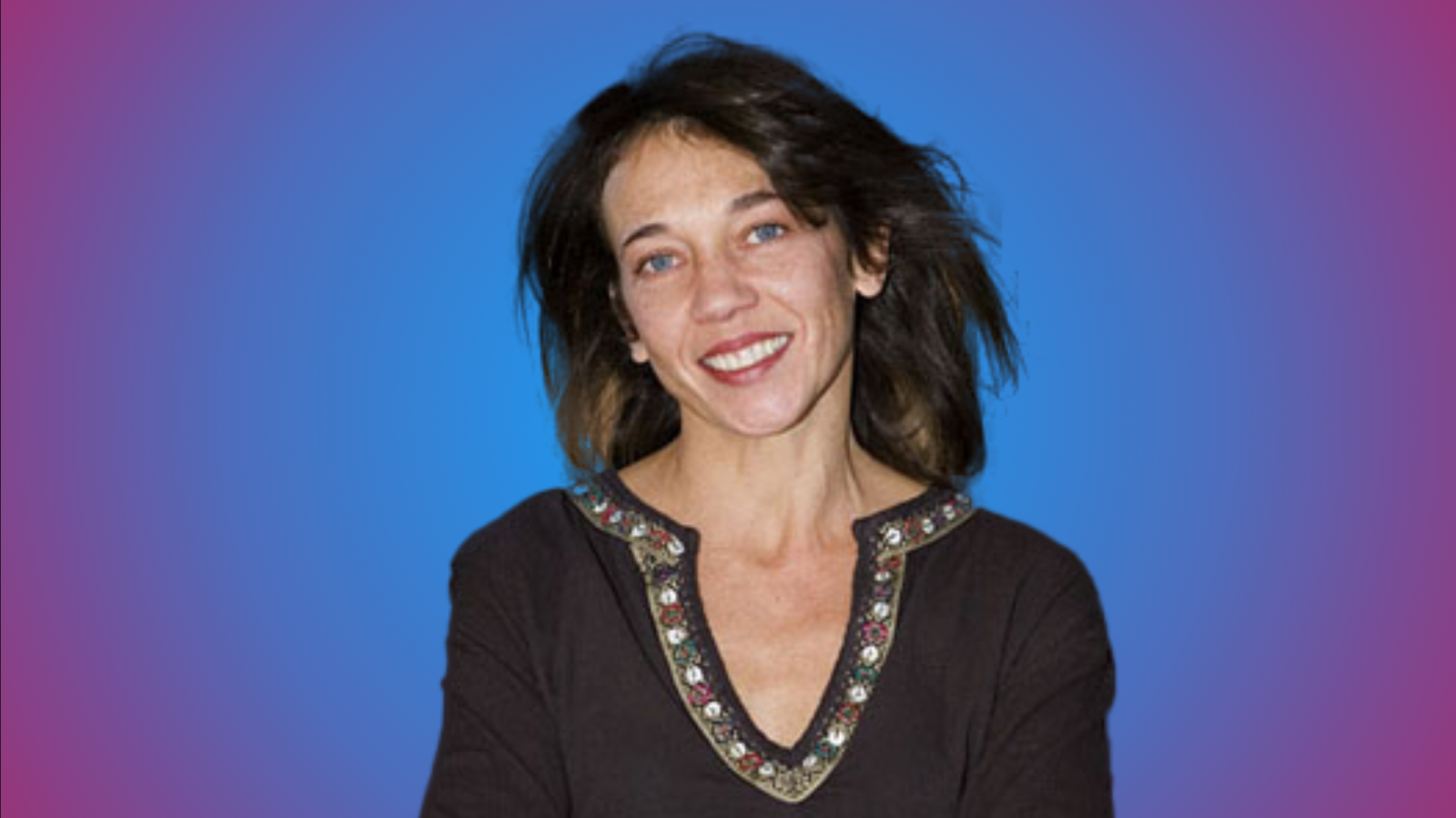Per capire la portata dei negoziati della COP26 di Glasgow, che entrano ora nella seconda settimana, è necessario riflettere quanto superare la soglie di 1,5°C o di 2°C possa generare punti di non ritorno o meno nel nostro sistema climatico, ma anche quanto i modelli climatici possano aiutare per pianificare azioni di mitigazione e adattamento e, infine, che ruolo hanno le nuove tecnologie in tutto questo. Ne abbiamo parlato con Claudia Tebaldi, statistica al Joint Global Change Research Institute (PNNL), collaboratrice di Climate Central, e autrice principale del primo volume del sesto rapporto IPCC uscito in estate.
Impatti, modelli e tecnologia per capire la COP26 di Glasgow
Fonti
prossimo articolo
Europe’s Freedom of Research: €100 Billion for ReBrain Europe
In the 1930s, the disastrous Nazi-fascist policies induced an unprecedented exodus of at least 15,000 intellectuals - scientists and artists, Jews and non-Jews - to the United States. See. e.g., the historical accounts in Adorno, Fleming, & Bailyn: The Intellectual Migration.




